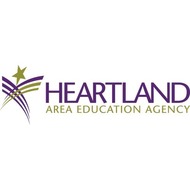Using Details to Determine Theme
(View Complete Item Description)Students often struggle to find theme in literature--one that is not a bumper sticker, a "moral to the story," or anything that could be applied to more than one story. Understanding what theme is, an implicit argument the author is making, is the first step. Then it gets more complicated as they realize that there are wrong answers (the ones that don't make sense with the story), there are undeveloped answers (ones that don't get far enough past motif but are on the right track), and there are many possible correct answers that can be explained and supported with the text. This activity uses the Generate-Sort-Connect-Elaborate strategy in small groups to help students focus on the details of the story and how they contribute to the overall point of the story. It can be used with any piece of literature you deem appropriate for your students.
Material Type: Lesson Plan



















